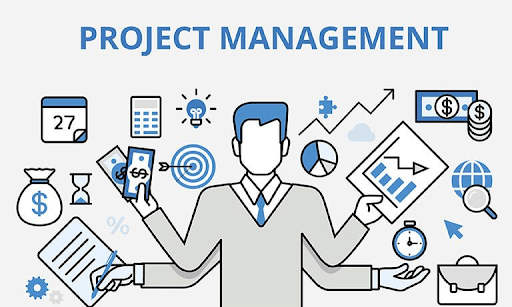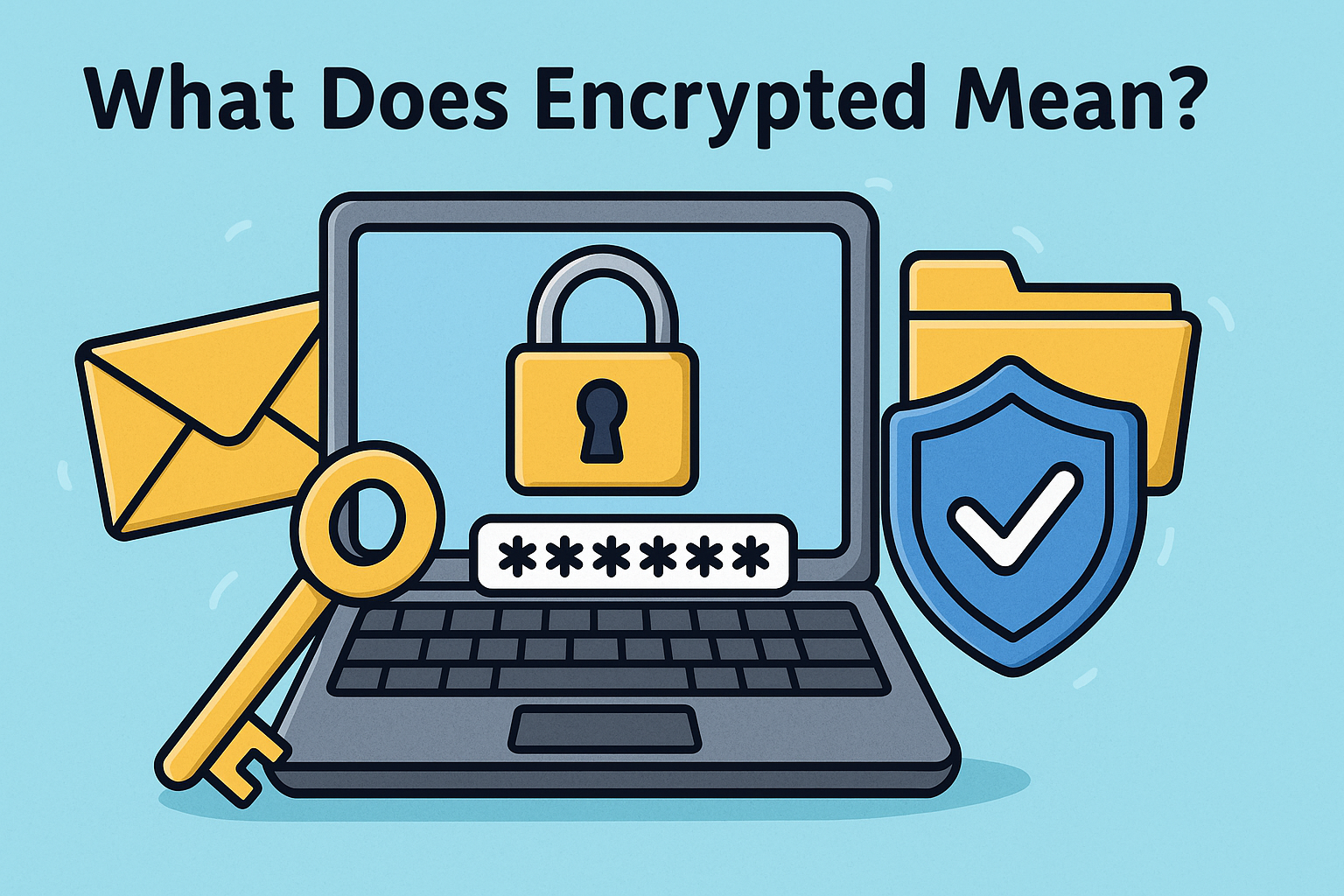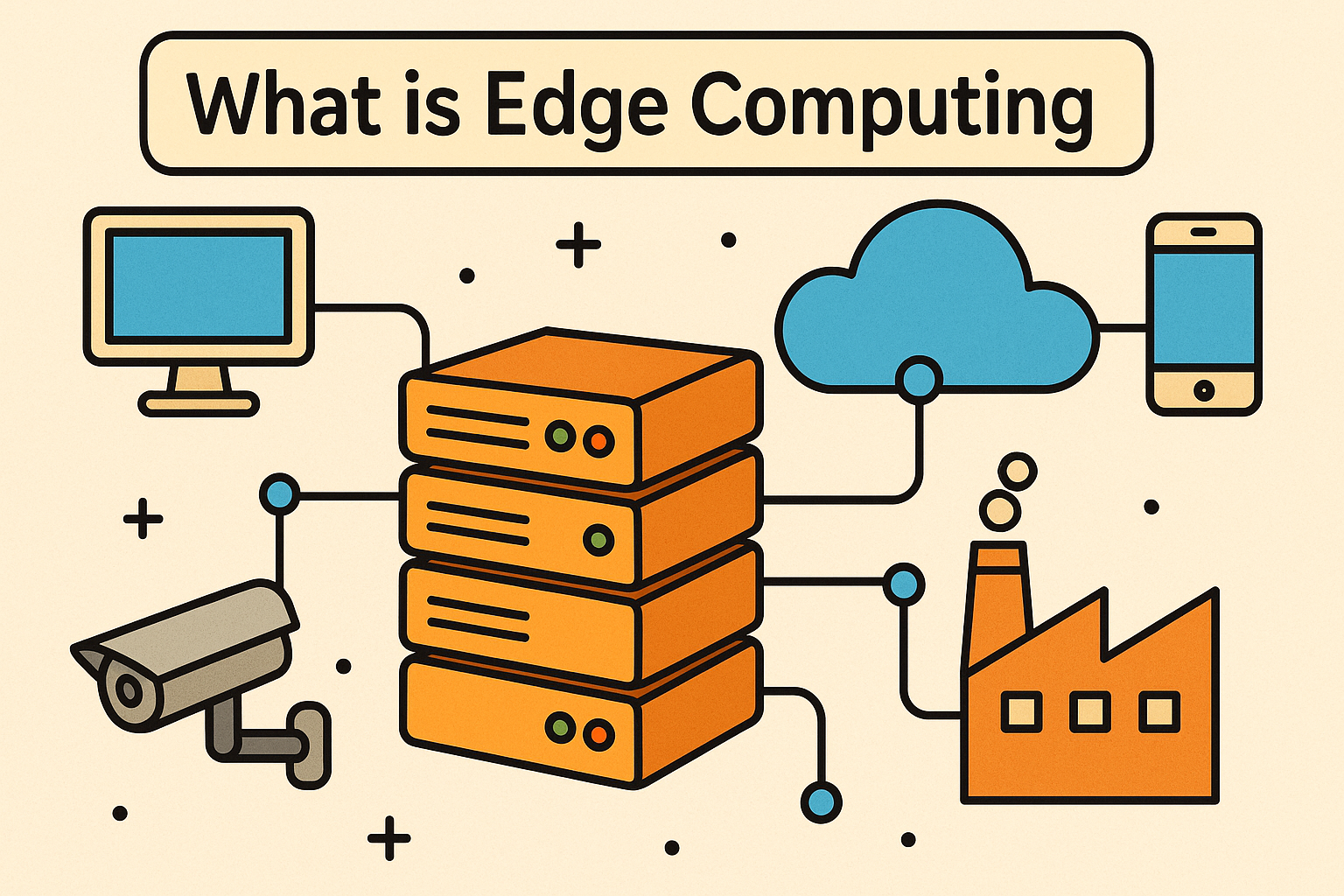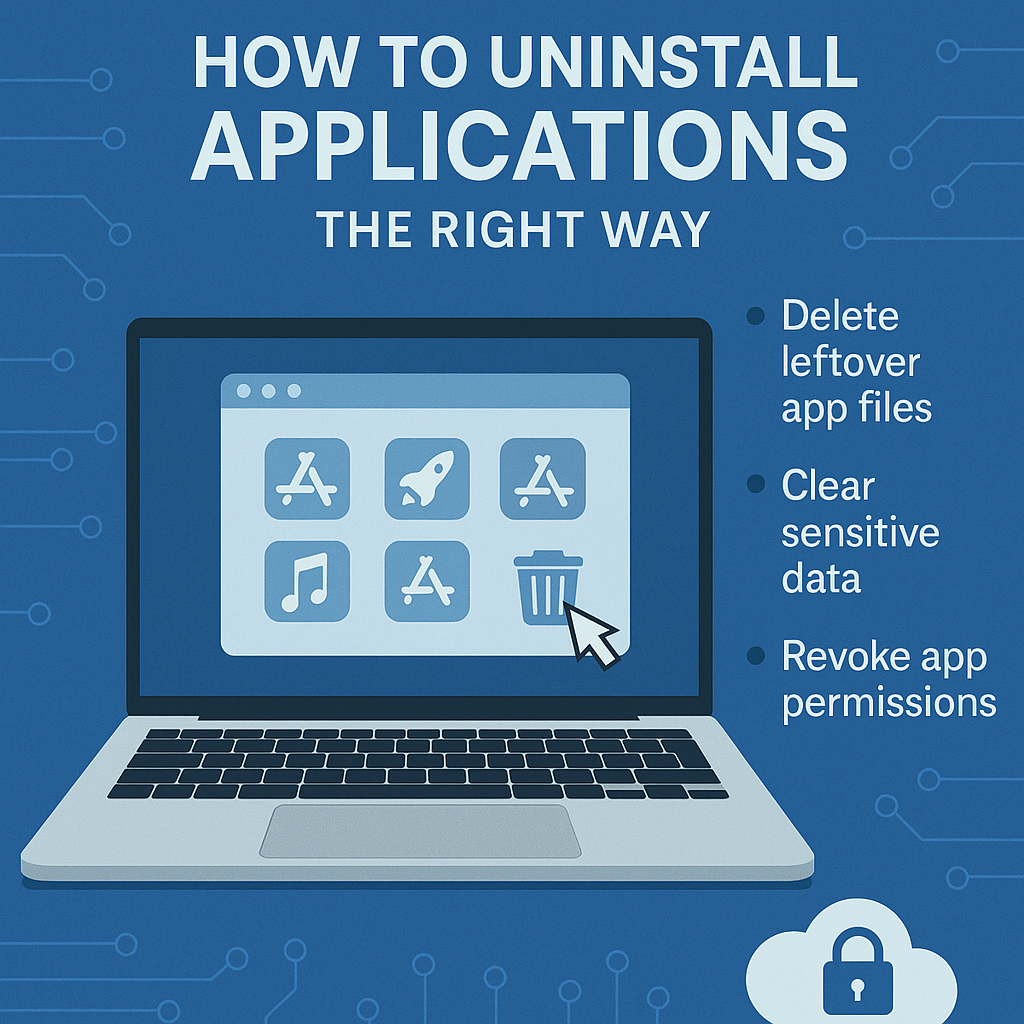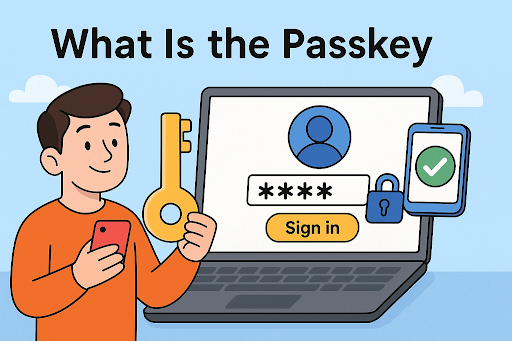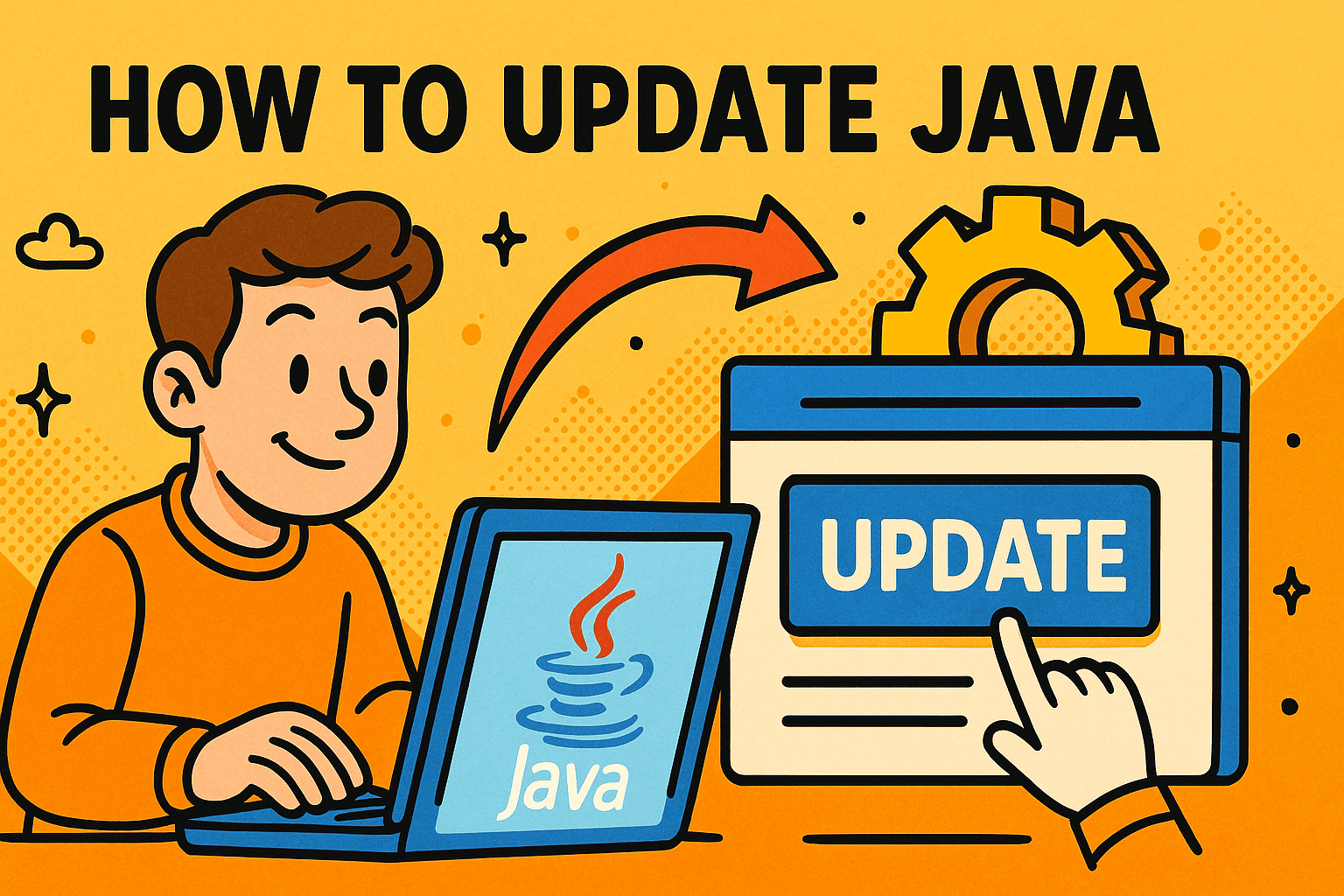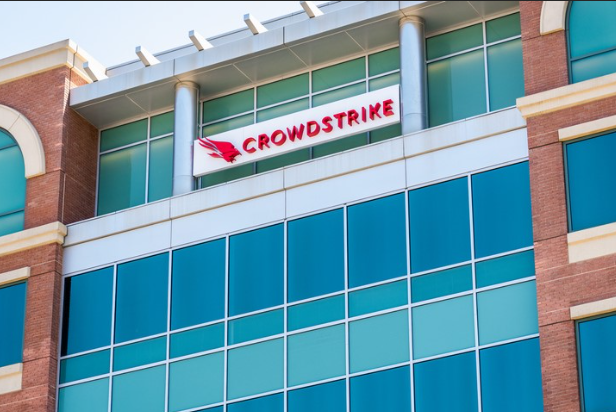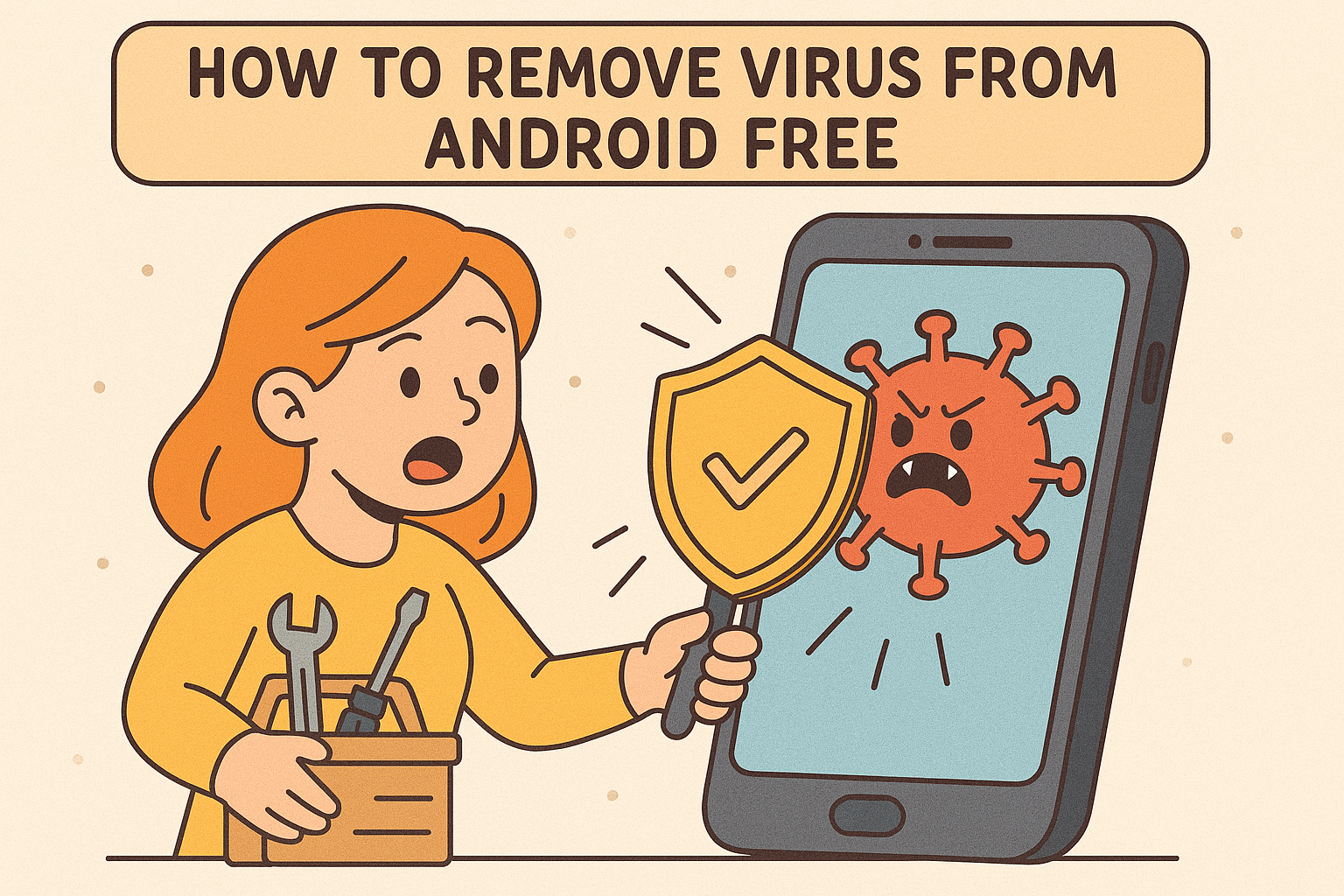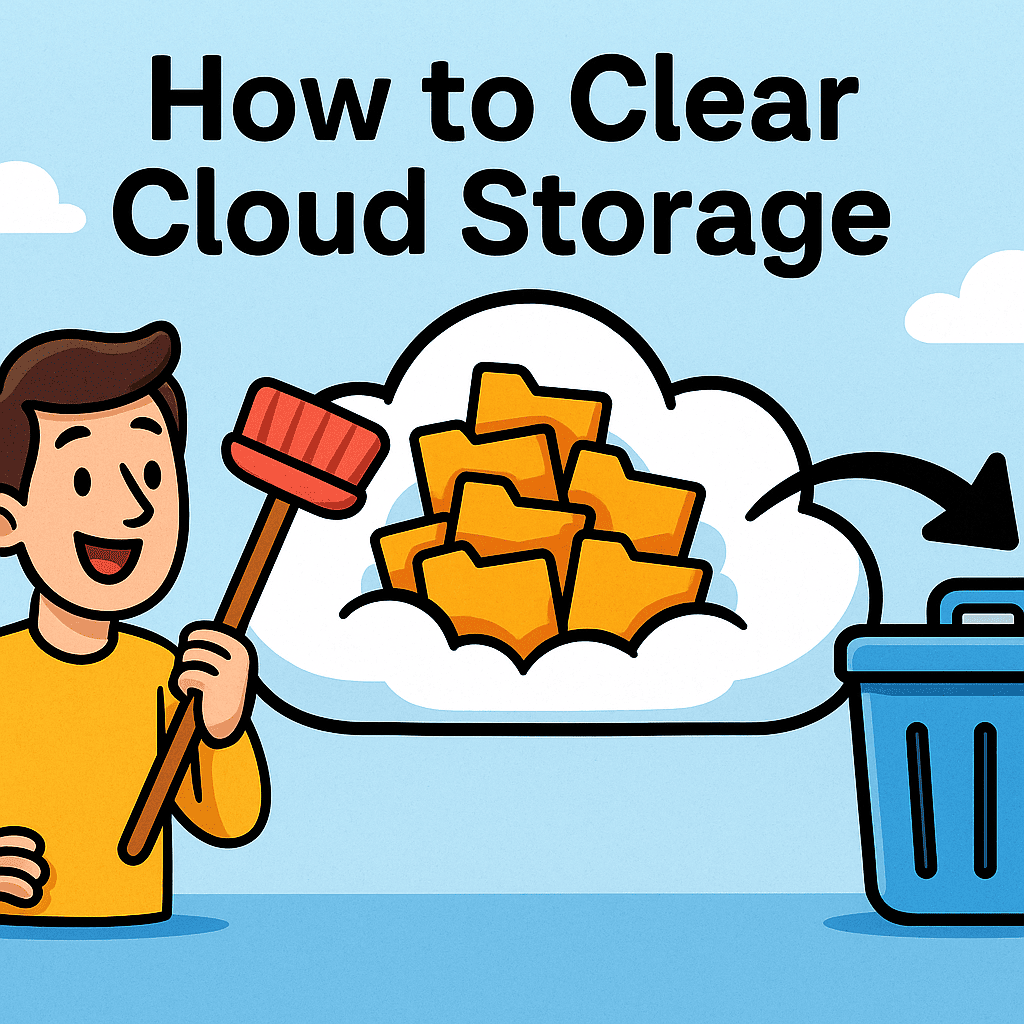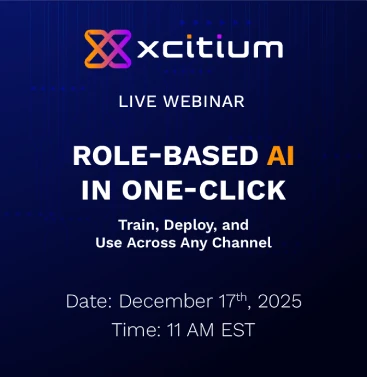How Does Blockchain Work? A Complete Guide for IT Leaders
Updated on October 15, 2025, by Xcitium
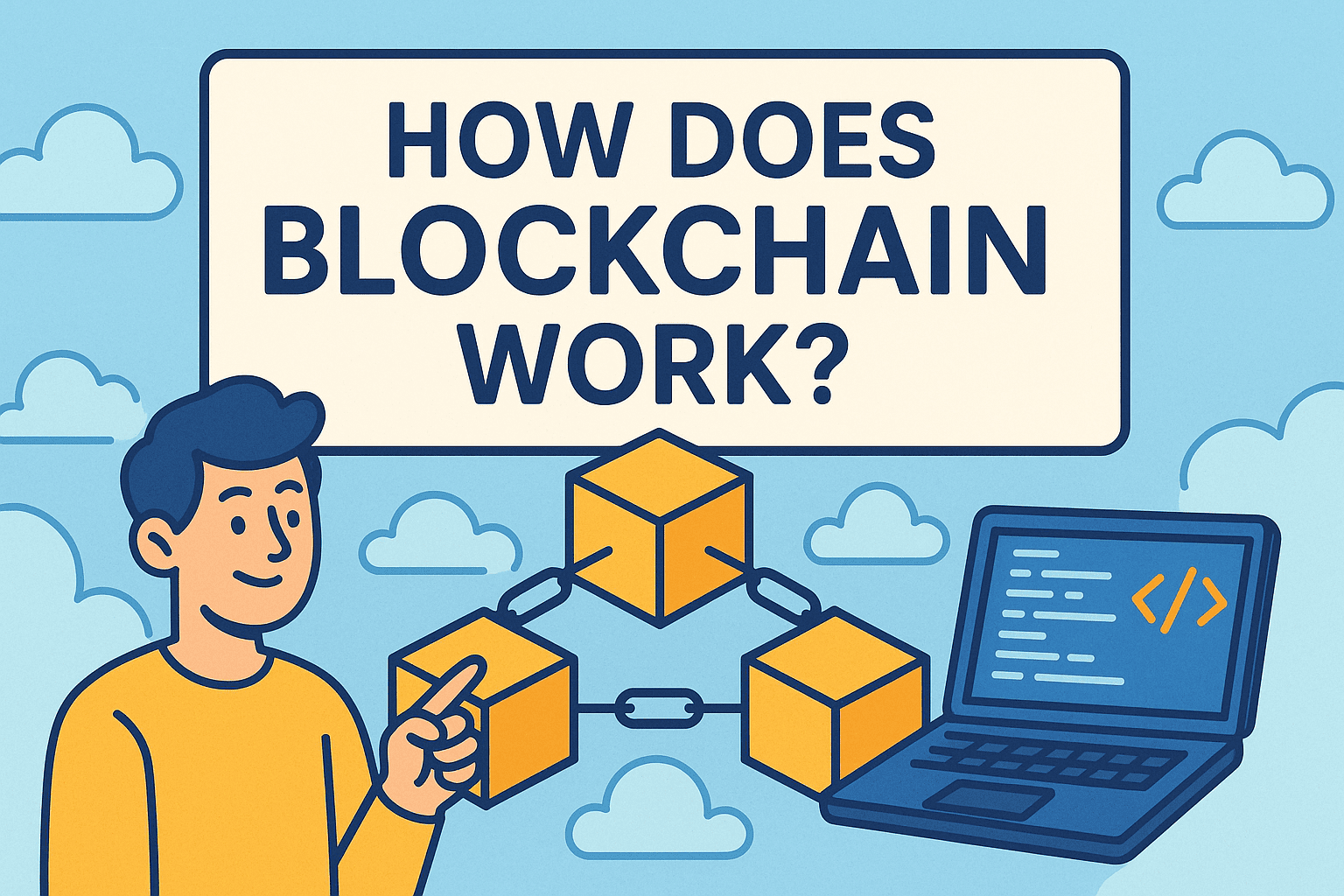
Did you know that by 2027, 10% of global GDP is expected to be stored on blockchain technology? From cryptocurrency to supply chain security, blockchain has become one of the most disruptive innovations in recent decades. But despite its popularity, many IT managers and business leaders still ask: how does blockchain work?
Introduction: Why Everyone Is Talking About Blockchain
At its core, blockchain is not just about Bitcoin or cryptocurrencies—it’s about creating a secure, transparent, and decentralized way to store and share data. This article explains blockchain in simple yet detailed terms, helping you understand how it works, why it matters, and how your business can benefit from it.
1. What Is Blockchain?
Blockchain is a distributed digital ledger that records transactions across multiple computers in a way that ensures security, transparency, and immutability.
Unlike traditional centralized systems (banks, corporate servers, or government databases), blockchain is decentralized. That means no single authority controls it. Instead, data is stored across thousands of nodes (computers), making it nearly impossible to hack or alter.
Key Features:
-
Decentralization – No single point of failure.
-
Transparency – Transactions are visible to all participants.
-
Immutability – Once added, records cannot be altered.
-
Security – Protected by cryptography and consensus mechanisms.
👉 In essence, blockchain is a trustless system that builds security through mathematics and collaboration rather than a central authority.
2. How Does Blockchain Work? Step-by-Step
To answer the big question—how does blockchain work?—let’s break it down into steps:
Step 1: A Transaction Is Initiated
When a user wants to send money, share data, or execute a contract, the transaction request is created.
Step 2: Transaction Broadcast to the Network
This request is broadcast to a peer-to-peer network of computers (nodes).
Step 3: Validation Through Consensus
The nodes validate the transaction using consensus mechanisms like Proof of Work (PoW) or Proof of Stake (PoS).
Step 4: Data Gets Added to a Block
Once validated, the transaction is grouped with others into a block.
Step 5: Block Added to the Blockchain
The block is linked to the previous block, creating a chain—hence the name blockchain.
Step 6: Permanent Record
The transaction is now part of the permanent ledger and cannot be changed.
👉 Every block contains:
-
A timestamp
-
Transaction data
-
A unique identifier (hash)
-
The hash of the previous block
This structure ensures integrity and continuity across the entire chain.
3. Types of Blockchain
Not all blockchains are the same. Businesses can choose from different models depending on their needs.
Public Blockchain
-
Open to anyone (e.g., Bitcoin, Ethereum).
-
Fully decentralized.
Private Blockchain
-
Controlled by an organization.
-
Limited access for enhanced privacy.
Consortium Blockchain
-
Shared by multiple organizations.
-
Combines decentralization with governance.
Hybrid Blockchain
-
Mix of public and private.
-
Allows selective access and transparency.
👉 Each type has unique use cases—finance, healthcare, logistics, and government.
4. Benefits of Blockchain for Businesses
Blockchain goes far beyond cryptocurrency. Its enterprise applications are growing rapidly.
Business Advantages:
-
✅ Enhanced Security – Immutable records reduce fraud and cyberattacks.
-
✅ Transparency – Stakeholders can track and verify transactions.
-
✅ Efficiency – Eliminates intermediaries, reducing costs and delays.
-
✅ Traceability – Ideal for supply chains, ensuring product authenticity.
-
✅ Automation – Smart contracts enable self-executing agreements.
👉 For IT managers and cybersecurity leaders, blockchain offers a powerful security model against data breaches and insider threats.
5. Real-World Applications of Blockchain
Blockchain is transforming industries worldwide.
Finance & Banking
-
Cross-border payments with reduced fees.
-
Fraud detection through transparent transactions.
Healthcare
-
Secure patient data sharing.
-
Drug traceability in supply chains.
Cybersecurity
-
Protects digital identities.
-
Prevents unauthorized data tampering.
Government
-
Transparent voting systems.
-
Land registry and public records.
Supply Chain
-
Tracks goods from production to delivery.
-
Ensures authenticity in industries like food and luxury goods.
👉 Blockchain is a universal trust layer reshaping industries.
6. Challenges of Blockchain Adoption
While blockchain is promising, adoption isn’t without hurdles:
-
Scalability Issues – Processing large numbers of transactions can be slow.
-
Energy Consumption – Proof of Work requires high computing power.
-
Regulatory Uncertainty – Governments are still catching up.
-
Integration Barriers – Legacy systems may not align easily.
-
User Awareness – Misconceptions slow down adoption.
👉 Overcoming these challenges requires education, innovation, and regulatory clarity.
7. The Future of Blockchain
Blockchain is still evolving. Here’s what experts predict:
-
Blockchain + AI – Smarter decision-making and automation.
-
Green Blockchain – Eco-friendly consensus mechanisms.
-
DeFi Growth – Decentralized finance will rival traditional banking.
-
Enterprise Adoption – Businesses will use blockchain for compliance and security.
-
Web3 Evolution – Decentralized internet driven by blockchain.
👉 The future is secure, decentralized, and trustless.
Quick Recap: How Blockchain Works
-
Blockchain is a distributed digital ledger.
-
It works through decentralized consensus and cryptography.
-
Benefits include security, transparency, and efficiency.
-
Use cases span finance, healthcare, cybersecurity, and supply chains.
-
The future promises wider adoption across industries.
FAQs on Blockchain
1. How does blockchain ensure security?
Blockchain uses cryptography and consensus mechanisms to prevent tampering and unauthorized access.
2. Is blockchain only for cryptocurrency?
No. Blockchain has applications in finance, healthcare, cybersecurity, supply chains, and more.
3. Can blockchain transactions be altered?
No. Once added to the blockchain, transactions are immutable and permanent.
4. What is the difference between public and private blockchains?
Public blockchains are open and decentralized, while private ones are controlled by organizations.
5. Will blockchain replace traditional databases?
Not entirely. Blockchain complements traditional databases in areas requiring security, transparency, and decentralization.
Final Thoughts
So, how does blockchain work? It creates a secure, transparent, and immutable system for recording transactions and sharing data. For IT managers, cybersecurity leaders, and business executives, blockchain offers a new level of trust and efficiency.
🚀 Ready to explore how blockchain and advanced cybersecurity can protect your business?
Request a demo from Xcitium today and see how cutting-edge solutions secure your enterprise.





